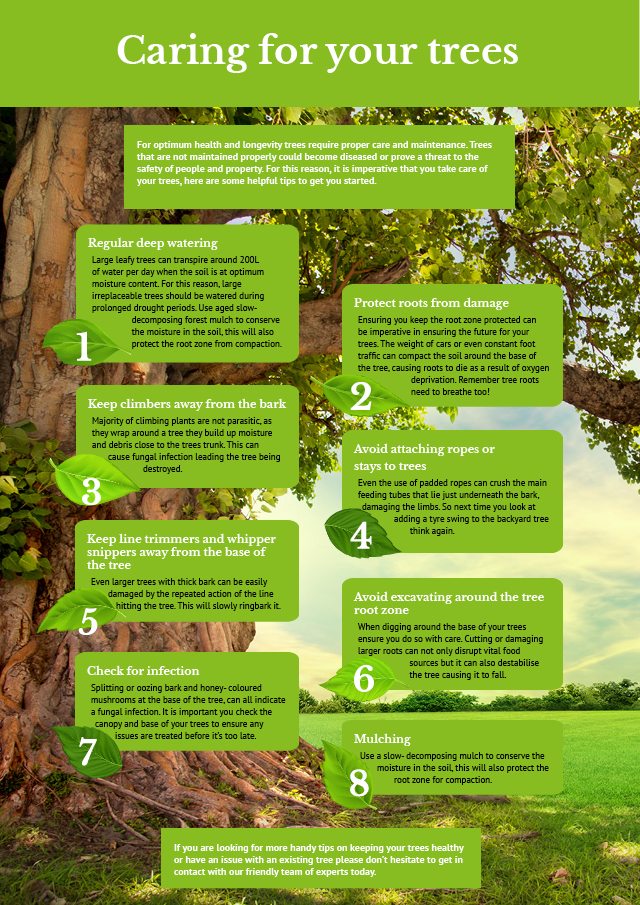The Environmental Implications Of Deforestation: Essential Realities To Be Aware Of
The Environmental Implications Of Deforestation: Essential Realities To Be Aware Of
Blog Article
Short Article Written By-Kryger Lyon
When it involves the environmental influence of tree elimination, there are crucial facets that demand your attention. From the elaborate web of partnerships within ecosystems to the succeeding results on climate patterns, the consequences are extensive. You could be surprised to find the intricate ways in which the removal of trees can resound throughout the setting. Remain tuned to untangle the intricate connections and ramifications of this apparently straightforward act.
Deforestation and Environment Loss
Deforestation and environment loss are important problems coming from tree removal. When trees are reduced, it interferes with entire ecosystems. Not just are the trees themselves shed, but the homes and food resources of plenty of plant and animal varieties are damaged too. Birds shed their nesting websites, animals lose their shelter, and insects lose their habitats. The effects surge through the food cycle, impacting killers and prey alike.
Moreover, logging adds to climate change. Trees play an essential function in soaking up carbon dioxide, a greenhouse gas that traps heat in the atmosphere. With https://lostcoastoutpost.com/2020/jan/31/nesting-season-be-careful-tree-and-shrub-work-betw/ , there's much less carbon dioxide absorption, leading to raised levels of this gas in the ambience and exacerbating worldwide warming.
Precisiontimberfelling
Environment loss is a direct outcome of logging, as the destruction of forests means the loss of unique and diverse ecological communities. Many types are incapable to adjust to rapid adjustments in their environment, causing population declines and, sometimes, termination.
Shielding forests is important to preserving the fragile equilibrium of nature and ensuring the survival of many plant and pet species.
Influence on Biodiversity
The elimination of trees has a significant influence on biodiversity, affecting the selection and wealth of plant and animal varieties in a location. Trees supply environment and food sources for numerous organisms, from pests to birds to animals. When trees are removed, these varieties lose their homes and sources of nourishment, bring about a decline in their populations. This interruption can have cascading impacts on the entire community.
Furthermore, trees play a vital function in keeping biodiversity by producing microhabitats within their canopies, trunks, and origins that support a variety of types. When trees are cut down, these specialized settings are destroyed, decreasing the total diversity of the area.
Furthermore, the elimination of trees can cause a decrease in genetic diversity within plant populaces, as specific tree types might no longer be able to duplicate or disperse effectively. Securing trees and woodlands is necessary for protecting biodiversity and ensuring the health of ecological communities for future generations.
Dirt Disintegration and Environment Modification
With trees being eliminated from an area, the interruption of dirt structure and stability happens, resulting in raised soil erosion. Trees play an essential role in preventing disintegration by holding soil in position with their root systems. When trees are gotten rid of, especially in great deals, the dirt comes to be extra susceptible to erosion from wind and water. This erosion not just affects the instant environments yet can additionally result in sedimentation in neighboring water bodies, impacting water quality and marine communities.
Furthermore, trees assist control the climate by soaking up co2 during photosynthesis. When trees are lowered, this all-natural carbon sink is reduced, adding to enhanced levels of greenhouse gases in the ambience. This can intensify climate modification, leading to more severe weather condition events and interruptions in environments worldwide.
As a result, the removal of trees not just speeds up soil erosion yet also contributes in the bigger environmental concern of climate modification. It's critical to consider these aspects when examining the influences of tree elimination on the atmosphere.
Conclusion
Now that you recognize the ecological influence of tree elimination, consider the consequences before cutting down trees. Logging disrupts ecosystems, decreases biodiversity, and adds to soil erosion and climate adjustment. By being mindful of the impact of tree elimination, you can assist safeguard our environment and protect the fragile equilibrium of nature. Make notified selections and consider different solutions to reduce the unfavorable impacts on our earth.
